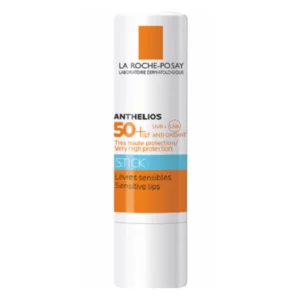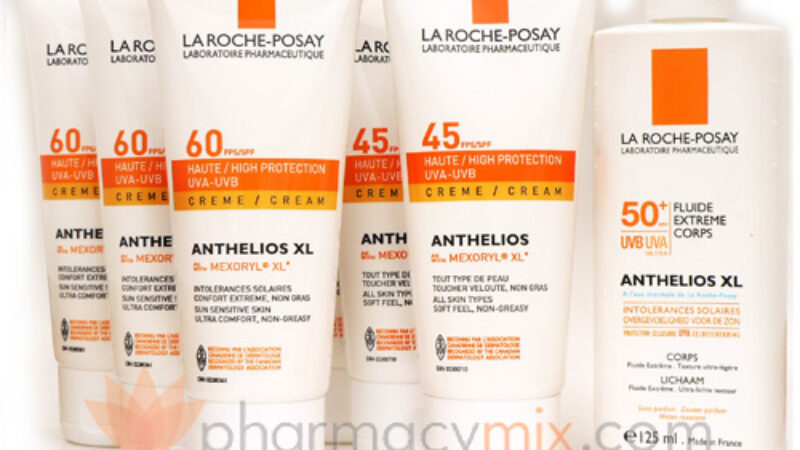Many of our customers who call about sunscreens are looking for Mexoryl XL but we‘ve noticed a growing number who also want a product that includes Tinosorb S, a newer chemical sun filter that blocks both UVA rays and UVB rays.
Not all sunscreens are made equal, and while we may be familiar with the SPF rating, which is indicative of UVB protection against sunburns, it’s important to understand how UV radiation damages our skin and what we should do to protect ourselves against more than just sunburns.
UV radiation can be divided into wavelength ranges identified as UVB (280 to 315 nm), UVA (315 to 400 nm) and UVC (100-280 nm). UVC rays tend to burn off before they reach the earth’s atmosphere so it’s the UVA and UVB rays that we are concerned about. Summer sun carries both UVA (Aging) and UVB (Burning) rays.
When the temperatures drop in the winter, UVB rays diminish, but UVA rays persist. UVA rays are prevalent year round and able to penetrate the ozone layer, clouds and windows, day in day out. Unlike overexposure to UVB rays which results in tans and sunburns, the longer UVA rays penetrate the skin more deeply without any immediate signs, contributing to long-term skin damage such as wrinkles, discoloration, sagging and some forms of skin cancer. In fact, the damage that UVA rays can cause may not be evident for decades.
5 Reasons You Want Tinosorb S in Sunscreen
With all that in mind, we’ve got 5 excellent reasons why you may be looking for Tinosorb S in your
next sunscreen:
- It blocks UV radiation from 280 nm to 400 nm, essentially covering both UVA and UVB ranges.
- It’s photostable, meaning it’s resistant to breaking down from light exposure. This ensures that it will continue to offer protection over time.
- Tinosorb S helps stabilize other sun filters such as avobenzone from degradation. Avobenzone is a widely used ingredient that blocks UVA rays up to 370 nm but must be stabilized with other sun filters to maintain its effectiveness. Without the help of these other stabilizing sun filters, avobenzone breaks down after 30 minutes of sun exposure, leaving your skin vulnerable to damage.
- It isn’t associated with skin irritation or hormone disruption like some older sun-filtering agents.
- When Tinosorb S is used in combination with other sun filters, Tinosorb S adds one more layer of protection against both UVA and UVB rays, an advantage that melanoma survivors are acutely aware of. Tinosorb S is compatible in formulations containing Mexoryl XL and SX and complements their effectiveness particularly at protecting against those long UVA rays that penetrate deeper into the skin. And with the addition of UVB absorber Uvinul T 150, Tinosorb S’s SPF powers are further boosted.
At the risk of being a name dropper, we think that if the director of the melanoma program at the Stanford Cancer Institute likes Tinosorb S, that’s good enough for us.
Check out our current line of sunscreens with Tinosorb S here.





